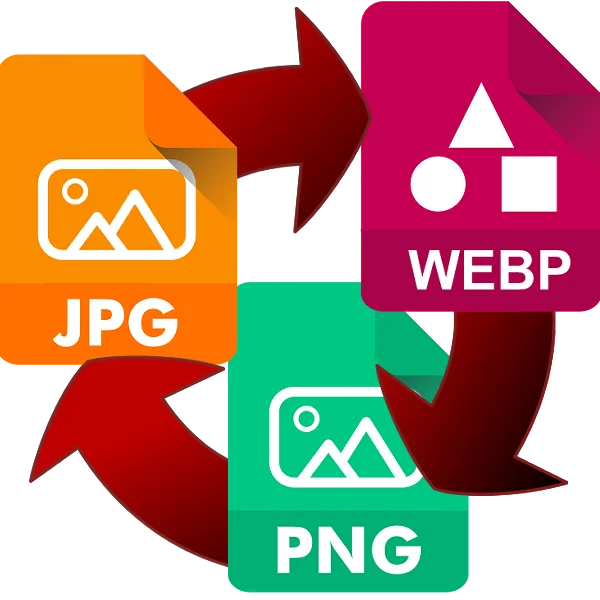
What is WebP?
WebP is a cutting-edge image format created by Google. It delivers exceptional compression efficiency while preserving far better image quality than legacy formats like JPEG and PNG. Through sophisticated compression technology, WebP can shrink file sizes by 25-35% without compromising visual quality, making it the optimal choice for websites prioritizing fast load times and reduced bandwidth consumption.
The versatility of WebP extends beyond simple compression, offering both lossy and lossless encoding options alongside full support for transparency and animated sequences. This comprehensive feature set allows web developers to consolidate their image strategy by replacing multiple traditional formats with a single, high-performance WebP solution.
Why should I use WebP?
Website owners and developers gain substantial performance benefits by adopting WebP for their image assets. The dramatic reduction in file sizes accelerates page loading speeds, which search engines like Google prioritize as a key ranking signal. Given that site speed influences both search engine visibility and customer conversion rates, migrating to WebP images represents a dual opportunity to climb search rankings while decreasing hosting costs and delivering superior mobile browsing experiences.
Universal browser adoption has made WebP a dependable standard across all major platforms, with full support in Chrome, Firefox, Safari, and Edge ensuring consistent delivery to your entire audience. Transitioning your image library to WebP format stands as one of the most impactful website optimization strategies available, delivering measurable performance improvements while preserving the visual integrity that keeps users engaged with your content.